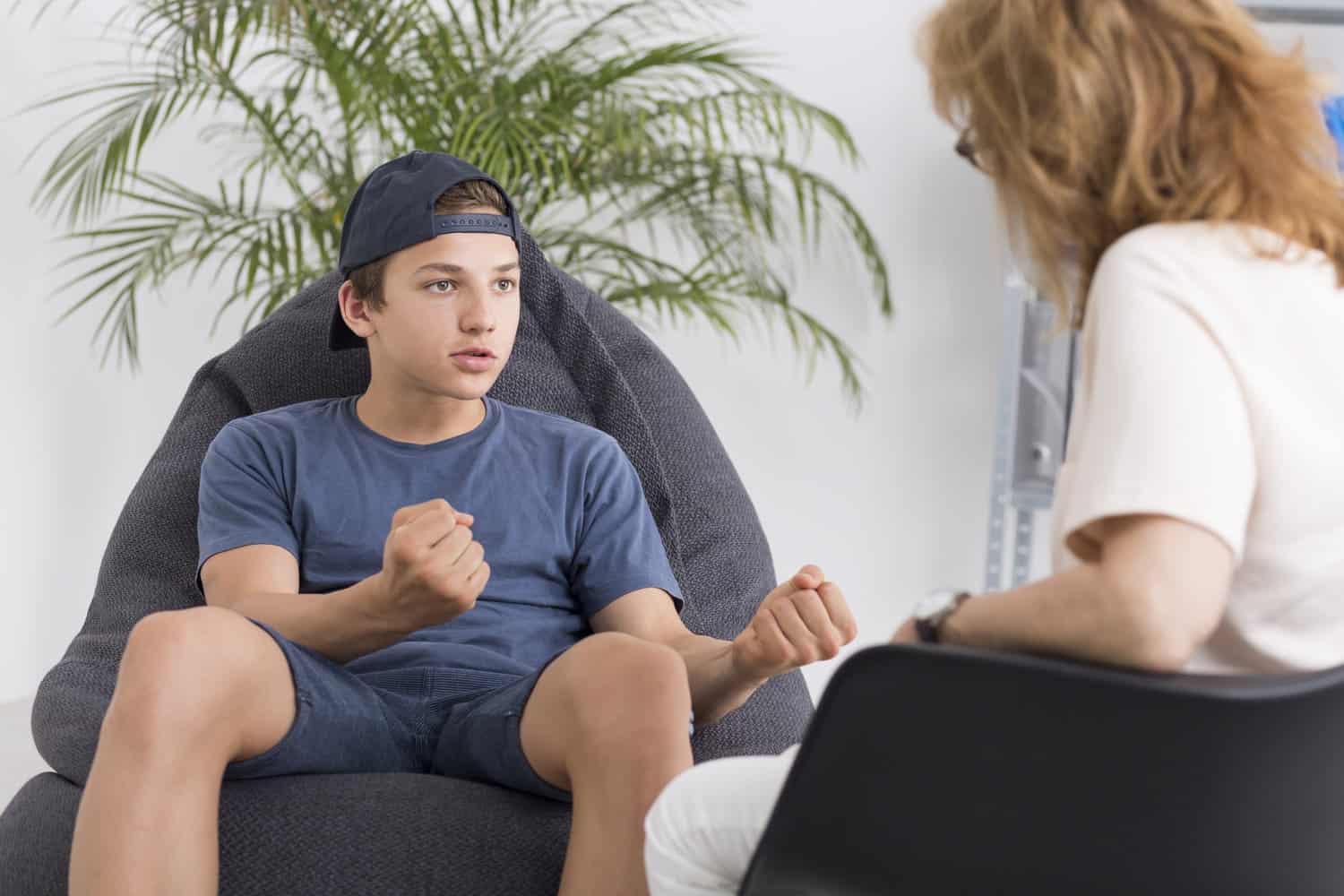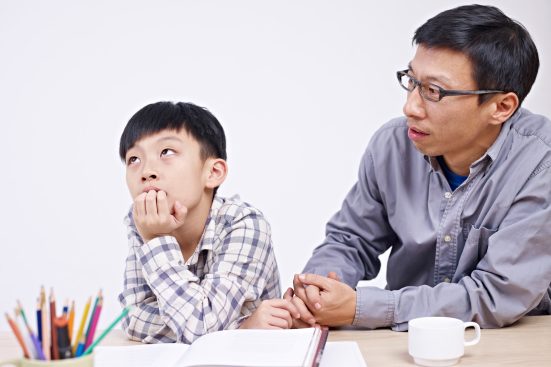This week I’ve felt disappointed and worried about various situations. One of my kids was sick and I was worried about him. I had a disagreement with my partner and felt frustrated. I felt overwhelmed by my task list at work.
In other words, I’m a (fairly :)) normal human being who had a pretty normal week. As humans, we all experience difficult times – and negative emotions – most of us at least weekly, if not every day.
One of the strategies most adults instinctively use to cope with these negative emotions is to generate calm, reassuring and positive sentences to say to ourselves to give us another perspective on our situation.
If you are a mental or emotional health professional, or have some training in this area, you know of course, that this is the basis of cognitive therapy.
We know that identifying an alternative perspective to our anxious thinking is often helpful in reducing distress. For example, my sentences this week were:
My child will be okay because…
I can manage this work load today because…
This disagreement is not that big a deal because…
(I won’t disclose the specific words at the ends of my sentences in order to spare you the details of my neuroses! :)) But the point is this: I used language to help me cope with difficult times.
Regardless of whether adults have been formally provided with CT – they do this informally all the time – essentially as adults we try to come up with calm, reassuring sentences to say to ourselves to coach us through tough situations.
There have been hundreds of research papers which show the benefit of using cognitive therapy techniques in managing and reducing distress.
What about cognitive techniques for kids and teens?
Teaching children and teens with “big feelings” to reassure themselves and reduce distress using cognitive principles is a really useful strategy for us as professionals who work with young people. Sometimes this involves traditional 12 session hour long therapy with a psychologist, where we follow the usual process of helping young people understand thought-feeling links, identify thoughts, understand thinking errors and replace (or add) thoughts.
But here’s a really important point:
It doesn’t have to be done this way.
In some situations, we can instead use a very short process of simply generating calm thoughts for them to use as needed in difficult situations. This can be a very brief process, be facilitated by not just therapists, but teachers, other health professionals as well as parents/carers. It can even be done in a group situation with children/young people (ie in a classroom).
It simply involves asking young people to identify a situation which is often difficult for them and to identify a short phrase which they can say to themselves to help them feel a little calmer. The key part of this technique is to ask them to do this in advance/outside of the distress.
I will often do this with children/young people (aged from 4 to 20!) in five minutes at the ends of sessions – even if I haven’t been using cognitive therapy in that session – to provide a “booster” to get through tough times in the coming week.
To assist you in this process, I’ve listed a set of 10 sentences starters you might like to use to help young people generate calm thoughts about particular commonly encountered tough situations.
Here’s how you can use these sentence starters:
Say to a child or teen:
“I’ve got some beginnings of sentences we can use to help us feel calmer in particular situations. Is it okay if we spend a couple of minutes brainstorming how you could complete these sentences in ways to help you feel better when you are upset?”.
If they agree, say the first sentence starter below out loud and ask “how could you finish this sentence in a way which makes you feel a little more positive in that situation?”. You might need to make some suggestions (say: “what would you say to your friend/younger child to make them feel better in this situation? also say: “you don’t have to believe this, let’s just come up with the sentence”. For highly perfectionistic young people, you might also have to say: “There’s no right answer”, or “this won’t make you feel 100% better, we are just aiming to find a sentence which might make you feel 10% better”
Once you’ve come up with some ideas to finish the first sentence, go on to the next one.
You might not get through all ten. Perhaps pick out two or three which you think particularly apply to the child/ren/teen/s you are working with. The important point about this exercise is that you are NOT doing this when the young person is upset or in the middle of the difficult situation. You are doing it in advance of the problem situation, while they are calm, to help prepare the sentences to use them later.
10 Sentence Starters for kids/teens with big feelings
- It’s not terrible to get teased by (insert name) because ………………………………and also because……
- I can cope with losing this game because………………………..and also because………
- It’s not the end of the world if I don’t do as well as I’d like on a test because………………..
- Something I will do if I feel upset about a test result is………………………………and……………….
- I can cope with having to turn off this device/game now because……………………….
- I’ll make having to do this (insert specific hated job/chore) slightly more enjoyable by………………
- Something potentially good for me about being corrected or told off by an adult is…….
- It doesn’t really matter if (insert person/sibling/friend) thinks (insert negative belief) about me because………
- It’s kind of okay to have to do this (job/chore) because……………………….
- I don’t know for sure that (insert feared negative event) will happen because……………
Usually I write these on the whiteboard in my office, on a piece of paper or ask the child to draw a picture of themselves thinking (using thought bubble) one or more of these calm sentences. Often I ask older young people to take a photo on their phone and save it to their camera roll, and set an alarm to look at it a couple of times in the coming week. Sometimes for younger kids, we make up “calm sentence cards” for their pencil case at school.
This “generating calm sentences” can also be done in a group setting if appropriate – ie copying and pasting these onto a worksheet and asking a class to fill these in for themselves privately at the beginning of a term for instance.
We know that using calm sentences is not easy, nor does it make us feel instantly better. I definitely don’t expect children/teens to feel magically better when they use them either. But slowly, over time, this is a skill which is really important for kids/teens with “big feelings” to help them manage life and distress.



